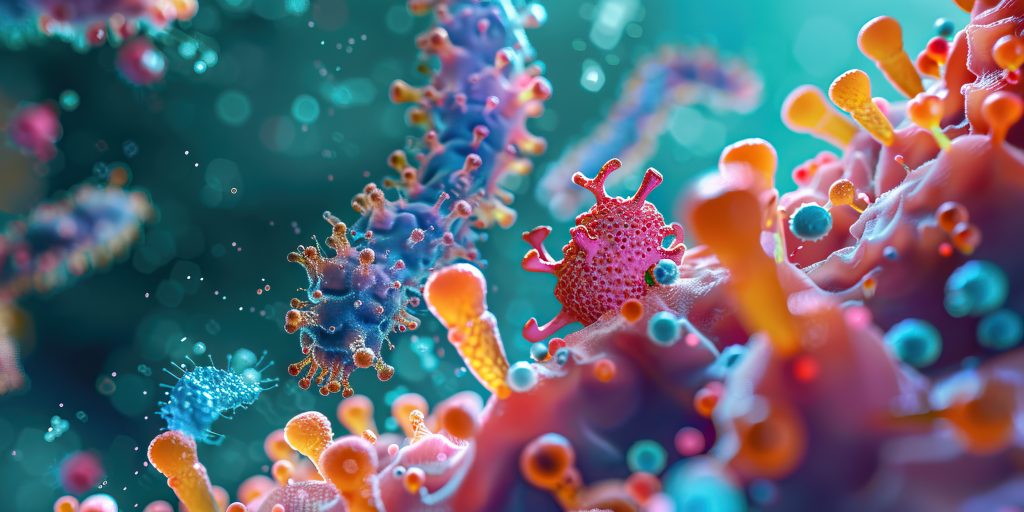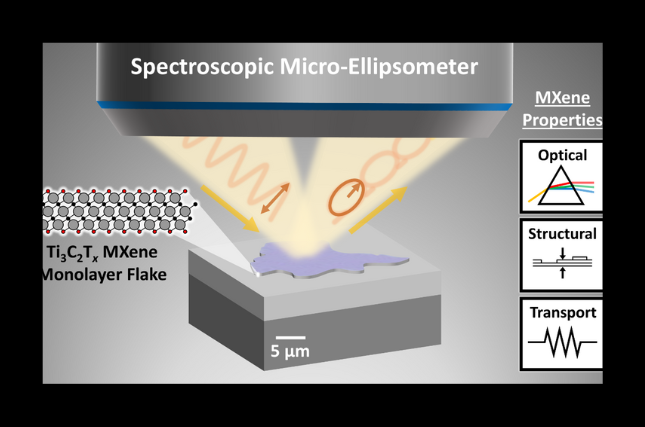
October 21, 2024 — Researchers at the Hebrew University of Jerusalem have discovered a group of bacterial toxins that can kill harmful bacteria and fungi and could lead to new methods for fighting infections.
According to the study published in Nature Microbiology, these toxins, found in over 100,000 microbial genomes, exhibit potent antibacterial and antifungal properties that can destroy the cells of bacteria and fungi without harming other organisms.
“Our findings expand our understanding of how bacteria use toxins in competition with other microbes and provide exciting avenues for future research into critically needed antimicrobial agents against human and plant bacterial and fungal pathogens,” said Dr. Asaf Levy from the Hebrew University Institute of Environmental Sciences, who led the study with Dr. Neta Schlezinger from the Koret School of Veterinary Medicine. “The potential for these toxins to serve as a foundation for new clinical treatments or biotechnological innovations is particularly exciting.”
Microbial competition is a natural phenomenon, and bacteria have evolved sophisticated methods, including toxins, to eliminate competitors. Antibiotics produced by bacteria and fungi are examples of natural compounds.
In this study, Dr. Levy’s team developed an innovative computational approach to discover polymorphic toxin proteins 100-150 amino acids long in more than 105,000 microbial genomes. They play a crucial role in microbial warfare, targeting and killing competing microorganisms in different ecosystems.
Notably, the toxins exhibit powerful antifungal activity against a range of pathogenic fungi while leaving certain invertebrate species and macrophages unaffected. The study’s experimental results suggest that these toxins primarily act as efficient enzymes that target essential cellular processes, such as the cell membrane, DNA, or cell division.
Structural analysis of two toxin-immunity protein complexes further confirmed that some of these toxins possess DNase activity, which can degrade DNA in target cells. Interestingly, the structure shows that the toxin is positively charged in its DNA binding site, which binds the negatively charged DNA. The antitoxin protein, meanwhile, is negatively charged, which prevents the toxin from binding to the target DNA.
The research paper titled “Systematic Discovery of Antibacterial and Antifungal Bacterial Toxins” is now available at Nature Microbiology and can be accessed at here.
Researchers:
Nimrod Nachmias1, Noam Dotan1, Marina Campos Rocha2, Rina Fraenkel3, Katharina Detert4, Monika Kluzek5, Maor Shalom1, Shani Cheskis1, Sonu Peedikayil-Kurien6,7, Gilad Meitav1, Arbel Rivitz1, Naama Shamash-Halevy1, Inbar Cahana3, Noam Deouell3, Jacob Klein5, Meital Oren-Suissa6,7, Herbert Schmidt4, Neta Schlezinger2, Netanel Tzarum3, Yaara Oppenheimer-Shaanan1, and Asaf Levy1
Institution:
1) The Department of Plant Pathology and Microbiology, The Institute of Environmental Science, The Robert H. Smith Faculty of Agriculture, Food, and Environment, The Hebrew University of Jerusalem
2) Koret School of Veterinary Medicine, The Robert H. Smith Faculty of Agriculture, Food, and Environment, The Hebrew University of Jerusalem
3) The Department of Biological Chemistry, Alexander Silberman Institute of Life Sciences, Faculty of Mathematics & Science, The Hebrew University of Jerusalem
4) Institute of Food Science and Biotechnology, Department of Food Microbiology, University of Hohenheim, Stuttgart, Germany
5) Department of Materials and Interfaces, Weizmann Institute of Science
6) Department of Brain Sciences, Weizmann Institute of Science
7) Department of Molecular Neuroscience, Weizmann Institute of Science




